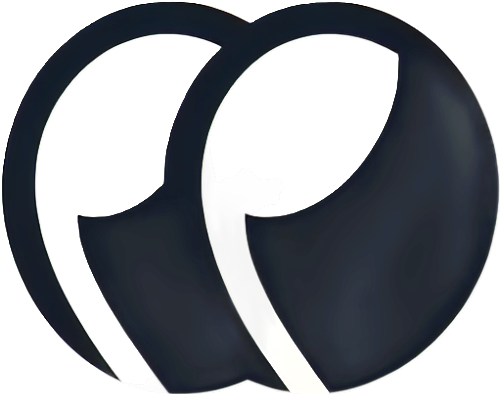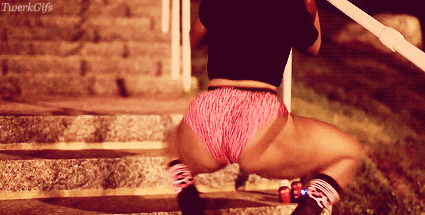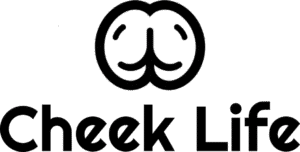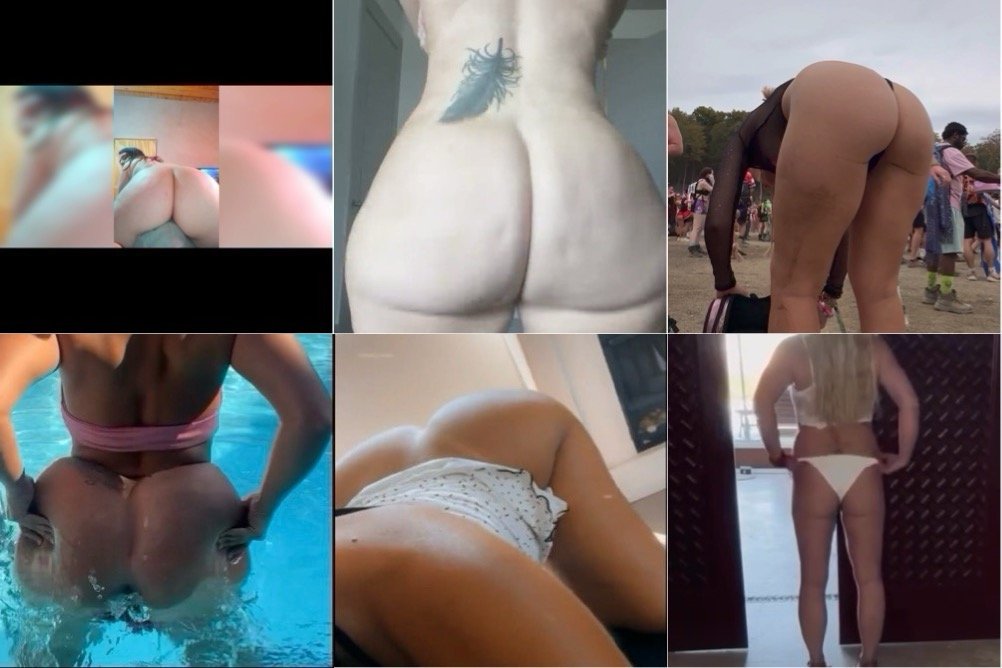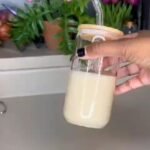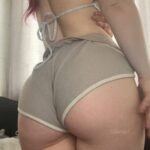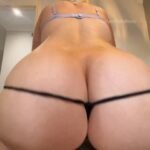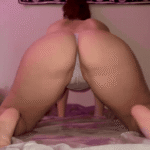Embracing Your Curves: How to Show Off Your Big Butt and Navigate Butt Shyness

Understanding Butt Shyness: The Roots of Insecurity

Butt shyness, a complex emotional response to one’s body image, often stems from deeply ingrained psychological and cultural influences. Society has long dictated standards of beauty that frequently do not align with the natural variations of the human form. In recent years, particularly as we approach 2025, a growing trend has emerged embracing curvier bodies, yet traditional ideals may still permeate everyday life. This dichotomy can lead to negative feelings concerning one’s buttocks, especially for individuals with larger butt cheeks.
Comments regarding body shape can significantly impact self-esteem, particularly those that perpetuate stigma around larger buttocks. Individuals may internalize these societal messages and experience feelings of shame or insecurity regarding their own curves. The media plays a pivotal role in shaping these perceptions, often idolizing slim, toned figures while inadvertently ostracizing those with more voluptuous traits. Such influences frequently result in a fear of judgment, causing individuals to shy away from showcasing their body, particularly their butt cheeks, in social settings.
Beyond societal pressures, personal experiences can exacerbate feelings of butt shyness. Negative remarks from peers, family, or even strangers can leave lasting impressions that contribute to body insecurity. Therefore, understanding these psychological roots is crucial in addressing and overcoming butt shyness. Empowering individuals to embrace their curves can involve acknowledging and rejecting societal biases, fostering a more positive body image. Education and dialogue about diversity in body shapes are vital as we progress through the evolving trends leading to 2025 and beyond. Ultimately, recognizing that beauty is not one-size-fits-all can instill a sense of confidence in those grappling with insecurity about their buttocks.
Societal Perceptions: Deconstructing the Stereotypes

The perception of body shapes, particularly regarding butt cheeks, has varied significantly throughout history and across cultures. In some cultural contexts, a fuller figure has been celebrated as a sign of fertility and beauty, while in others, it has been viewed with disdain. Notably, the Western beauty ideal has historically favored slender physiques, often relegating larger bodies, including those with prominent butt cheeks, to a realm of ridicule or fetishization. This dichotomy highlights a critical intersection of race, gender, and body positivity, which shapes societal attitudes towards larger bodies.
Racism plays a notable role in the stigmatization of larger bodies. The fetishization of Black women’s bodies often exists alongside harsh stereotypes that devalue these same bodies. As attitudes shift toward body positivity, there exists a growing recognition that butt cheeks should not be subject to negative biases but rather embraced as part of diverse body shapes. The evolving landscape reflects a need to deconstruct harmful stereotypes that have been perpetuated by societal standards and media representation.
Fashion Tips: Clothing That Flatters Your Curves

Choosing the right clothing to showcase your curves, particularly accentuating the beauty of your butt cheeks, can significantly impact your confidence and overall appearance. As trends evolve, especially through 2025, embracing styles that highlight your unique silhouette is essential. To begin with, selecting high-waisted bottoms, like jeans or skirts, can enhance your natural shape by defining the waist and allowing your curves to take center stage. This style not only creates a visually appealing hourglass figure but also offers comfort and support.
Fabrics play a crucial role as well. Opting for stretchy materials with a good amount of elasticity can uplift and hug your curves, ensuring that your butt cheeks are tastefully accentuated. Denim blended with spandex or form-fitting joggers designed for curves can provide both comfort and an appealing shape. Additionally, dresses with a fitted waist and flared skirt are perfect for showcasing curves while allowing for ease of movement. The right fit is imperative; avoid overly baggy clothing, as these items can obscure your natural shape and lead to discomfort.
When it comes to color and print, darker shades can create a slimming effect, while horizontal stripes or bold patterns can draw attention to your buttocks when styled correctly. However, being mindful of how prints interact with your curves is essential. Accessories can also enhance your outfit; consider wearing belts to draw attention to your waist or stylish tops that highlight your upper body while complementing your lower curves. As you experiment with various styles, ensure that comfort aligns with confidence, leading to an empowered sense of self when embracing your curves. Every style you choose should reflect not just the current trends but also your personal comfort and sense of individuality.
Building Confidence: Celebrating Your Body and Self-Acceptance
In today’s society, where beauty standards fluctuate significantly, self-acceptance has never been more crucial, particularly for individuals with larger butt cheeks. The correct embrace of one’s curves and the fostering of confidence can lead to a more fulfilling life. Understanding that beauty comes in various shapes and sizes is essential, and this acknowledgment paves the way for self-love and body positivity.
Positive affirmations play a vital role in enhancing self-esteem. Individuals can cultivate a daily practice that includes affirmations such as “My body is beautiful, including my butt cheeks” or “I celebrate my curves and all that makes me unique.” Regular repetitions of these affirmations can help to rewire negative thinking patterns and promote a healthier self-image. Over time, integrating such practices into daily life can empower individuals to view their bodies with love and appreciation rather than shame.
Community support is another significant factor in building confidence. Engaging with others who share similar experiences fosters a sense of belonging and acceptance. Social groups, online forums, and local meetups focused on body positivity can create a safe space for individuals to express their feelings about their bodies. Sharing personal stories about navigating societal pressures and embracing one’s bigger butt can lead to invaluable insights and encouragement.
Participation in body positivity movements also stimulates a more profound appreciation for all body types. These movements advocate for representation and inclusivity, helping to dismantle the narrow definitions of beauty prevalent in popular culture. By surrounding oneself with-positive influences and diverse perspectives, individuals can create an affirming environment that nurtures self-acceptance. Cultivating this mindset, particularly in connection to one’s butt cheeks, allows for a more empowered and joyful perception of one’s body, effectively combating butt shyness and encouraging self-expression.
